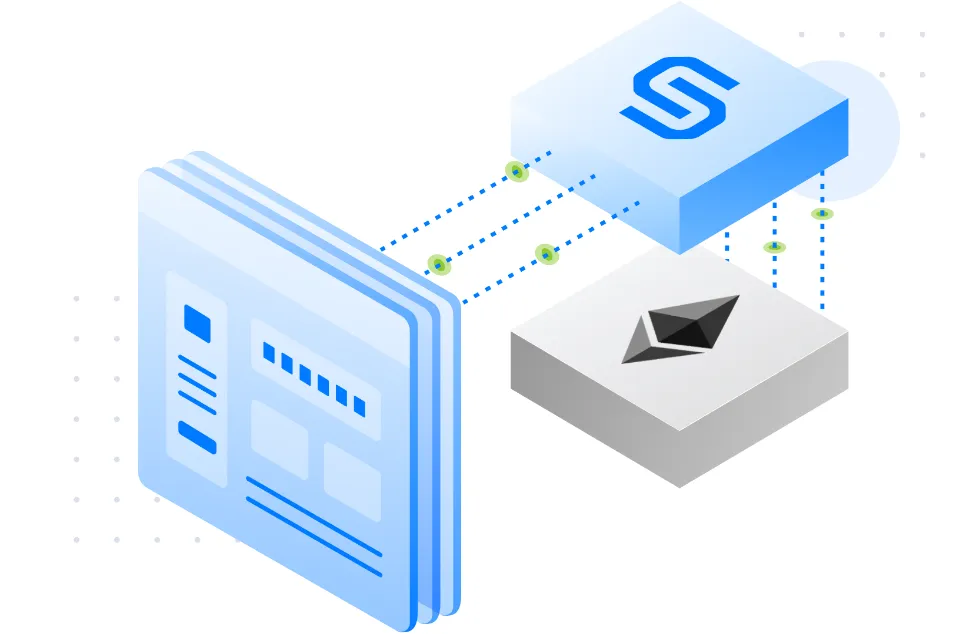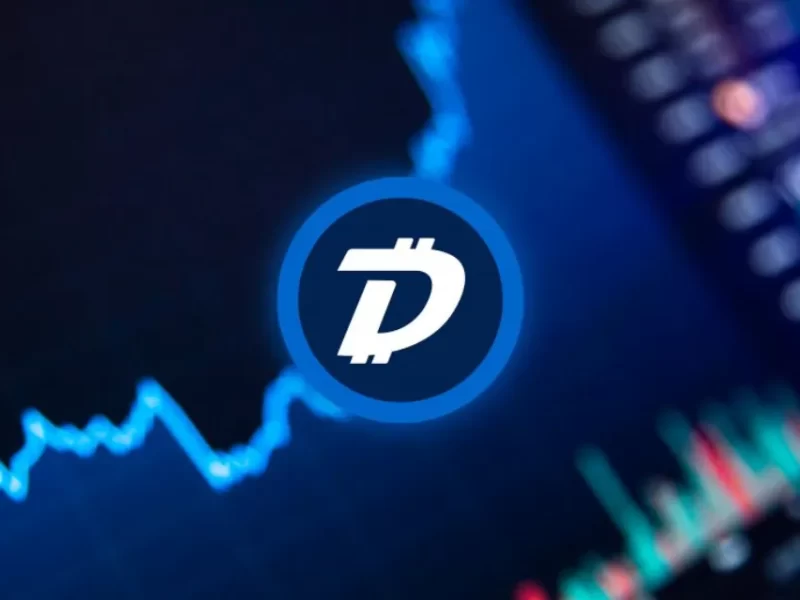An RPC node, also known as a remote procedure call node, is a kind of computer server that enables users to read data from the blockchain and send transactions to various networks.
A dApp must use blockchain data in order to operate properly. Therefore, the dApp is the client and the server is an RPC node in the RPC client-server model.
What is An RPC Node?
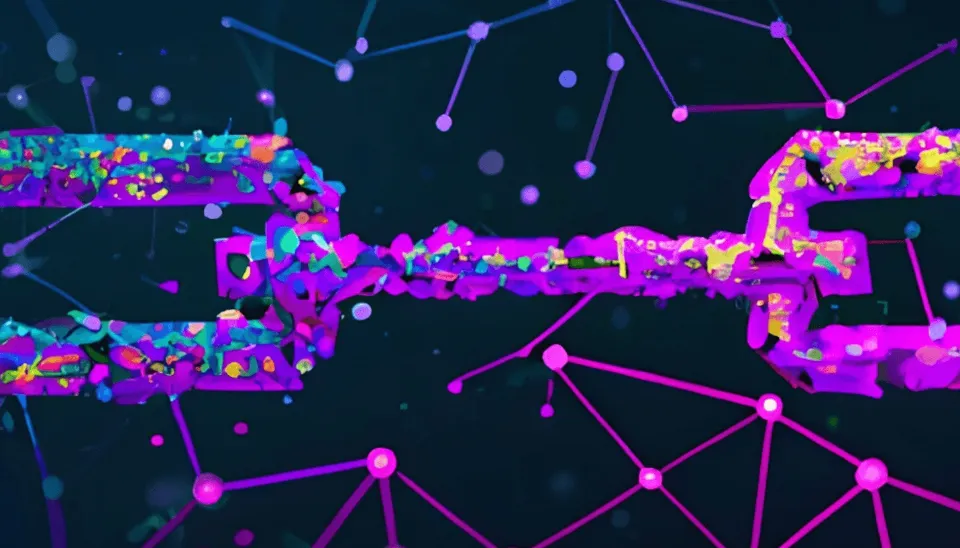
A computer running blockchain client software is referred to as an RPC node; as an illustration, a server running the Ethereum blockchain’s Execution Layer (EL) and Consensus Layer (CL) infrastructure is referred to as an RPC node.
There are multiple types of Ethereum nodes including light nodes, full nodes, and archival nodes. In contrast, on Solana, developers can run both validator and RPC nodes. Solana RPC nodes merely act as a gateway for a Solana dApp to access blockchain data, while validator nodes manage the Solana consensus protocol and receive rewards for validating blocks.
For the purposes of this article, we will consider any node that has the ability to respond to RPC requests as an RPC node.
What is An RPC Endpoint?
The location on the network where a program sends its RPC requests to access the server’s data is known as an RPC endpoint. So, after establishing a connection between your dApp and an RPC endpoint, it will be simple to carry out real-time operations using blockchain data.
A node with the proper software installed will have the ability to respond to RPC requests. The service through which your dApp will provide its users with access to blockchain data is referred to as an RPC endpoint running on a node. As a result, all RPC endpoints execute on RPC nodes, and vice versa. We will therefore interchange the terms RPC node and RPC endpoint.
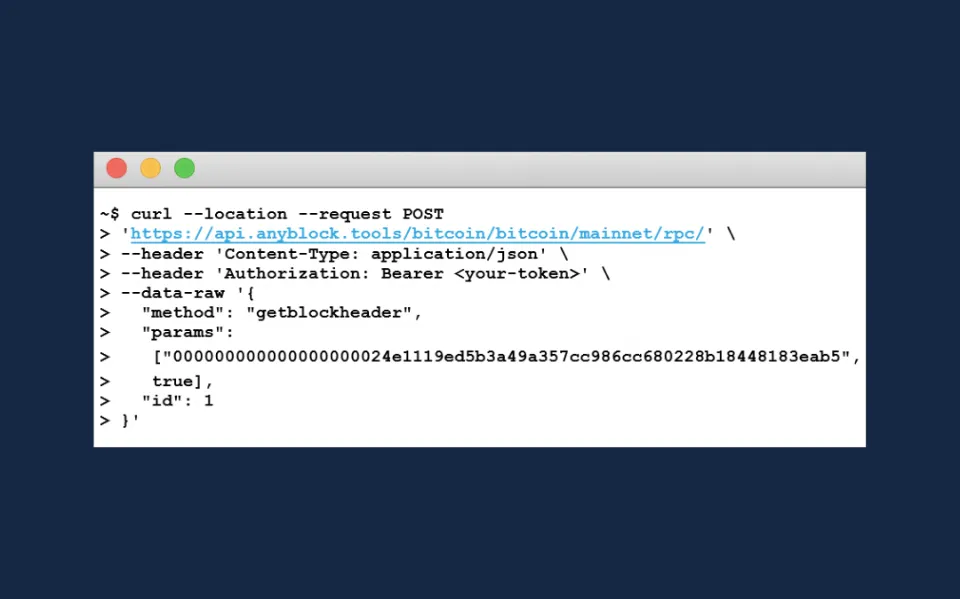
What Are the Different Types of RPC Endpoints?
Public and private infrastructure offerings make up the two main categories for Node RPC endpoints. By assisting applications in maintaining fault-tolerant backups of their RPC endpoints, alternative RPC endpoints support these two.
1. Public RPC Endpoint
Any person may send requests to public RPC Endpoints, which are rate-limited, shared resources that are hosted on RPC nodes.Because anyone can send and receive data from a blockchain (e.g. make a transaction).
Because they are not designed to support production-grade applications, public endpoints are frequently rate-limited but are always free and available for use. Public RPC endpoints are also incapable of scaling to meet the demands of running dApps and offer no customer support or active developer infrastructure.
2. Private RPC Endpoint
Private RPC endpoints serve only your dApp’s needs, avoiding request congestion brought on by other applications and gaining access to a quick and reliable RPC service.
You request the operation of private RPC nodes. Furthermore, if you’re using a node provider, private RPC endpoints frequently uphold explicit service-level agreements (SLAs), ensuring that your dApp will receive performant service whenever you need it.
For optimism, Alchemy provides free RPC nodes.
3. Alternative RPC Endpoint
An alternative RPC endpoint serves as a backup endpoint for your dApp to keep providing a positive user experience if your primary RPC endpoints go down.
The failure of your primary RPC endpoint will affect all of your users’ transactions if there isn’t a backup RPC endpoint available. To ensure there isn’t a single point of failure, it’s a good idea to build a dApp with a backup RPC endpoint.
How Do RPC Nodes Work?
RPC nodes work by supplying a dApp with access to all of the data on the blockchain. An RPC node can retrieve the required requests from the blockchain and send its payload back to the dApp when a program starts a subroutine.
This section will provide a quick overview of the technology underlying blockchain RPC requests.
The JSON-RPC Protocol
JSON-RPC is the name of the common RPC specification employed in blockchains. It is notable for its speedy reception and processing of data requests.
In the client-server model, your dApp serves as the client, your RPC endpoint serves as the server, and JSON-RPC refers to the specific methods by which you make service requests to the RPC endpoint.
You can practically request any type of blockchain data your dApp might require using the procedures outlined by each blockchain’s JSON-RPC API.
Ethereum refers to a collection of fundamental methods that retrieve data from the Ethereum network as an example of the variety of JSON-RPC methods. These techniques are broken down into three groups: state methods, historical methods, and rumor methods.
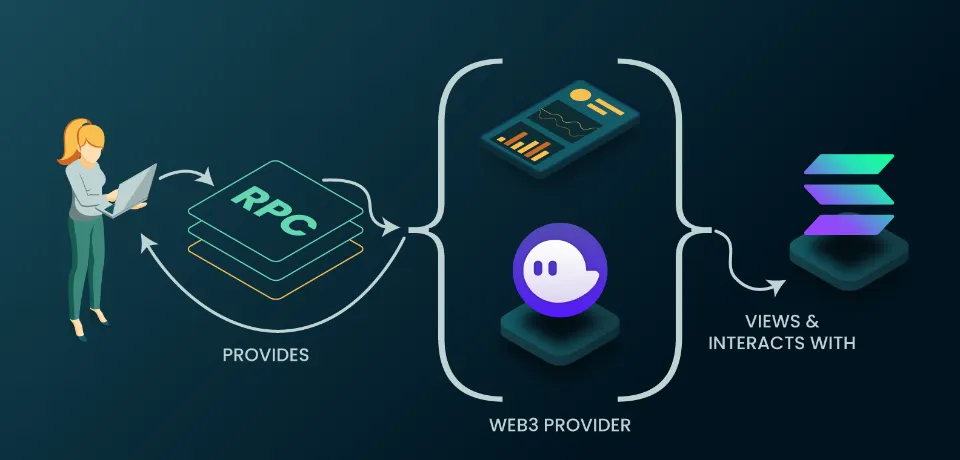
- Gossip Methods – tracks the head of the blockchain and is used for finding blocks
- State Methods – returns reports on the current state of all the blockchain’s data
- History Methods – retrieves historical records of any block on the chain
The application (client) will use JSON-RPC methods to make calls (subroutines) through the RPC node (server), which will return data for the application to use, whenever a user’s action depends on blockchain data.
How Can You Run RPC Nodes?
Owning your own node could help web3 teams and technical developers have full control over their node configuration. Through a few straightforward steps, you can run a Blockchain RPC node on Ethereum. A choice of RPC node configuration is the first issue to be addressed when creating and running Remote Procedure Call nodes. Addressing the requirements for client implementation, settings, and hardware and system environments is necessary. The node can then be started up using either a manual installation through a Command Line Interface (CLI) or a guided setup service. You must, however, be ready for trade-offs, such as extended synchronization times and the requirement to maintain your RPC nodes.
Advantages of Using RPCs
Using RPCs provides several benefits, including:
Simplicity
RPCs make it easier to build and integrate applications by removing the complexity of the underlying communication protocols and network topology. It facilitates the creation of a secure information transfer protocol by dApps. For programmers who don’t think about how data is transferred from dApps to the Blockchain, the simplicity provided by RPC nodes is crucial.
Interoperability
RPCs allow for communication between programs created in various programming languages and operating on various platforms. Numerous chains and services are simultaneously interacted with by some wallets and services. The RPC nodes allow for the quick execution of multiple tasks across various application types.
Scalability
RPCs allow for the distribution of application logic across multiple systems in large, distributed applications. To ensure that data is transferred and processed quickly to facilitate transactions, connect wallets, or find a specific block hash, multiple RPC nodes can be deployed.
Why Are RPC Nodes Important for Blockchain?
It is simple for both developers and users to create and use dApps thanks to the use of RPC nodes. It gives the user a common way to communicate with the network server and Blockchain in order to get the data they require in order to carry out an action or conduct a transaction across various wallets.
For instance, when you link your cryptocurrency wallet to a Blockchain application, the required data is sent to it without disclosing any extra information via the RPC nodes. Given the growing interest of businesses and enterprises in cryptocurrencies, there is an increasing need for professionals with Web3 training. Curating an RPC node requires skill and perseverance.
Conclusion
A computer program called an RPC Node enables communication between programs, systems, and services. It serves as a conduit for applications to call processes or operations on distant systems as though they were local.
Building and integrating applications can be made simpler by RPC Nodes, which also makes it simpler to add new features and functionalities. dApps have made it easier than ever to put your skills to use and find a great job. This is due to the fact that in order to support the growing user base, dApps must regularly run and maintain RPC nodes.
Understanding an RPC Node’s architecture and com
ponents, as well as how to set one up and use it, are essential for successful use. You can set up an RPC Node and use it to create dependable and scalable applications by following the instructions provided in this guide.
It’s a good idea to invest your time in learning more about it because the increased use of RPC nodes suggests that there are more users of various apps.
FAQs
What is RPC in MetaMask?
The acronym RPC stands for remote procedure call, a group of protocols that let a client (like MetaMask) communicate with a blockchain. Adding network information using the procedure below enables MetaMask to use an RPC that enables you to communicate with that network without delving too deeply into technical details.
What is An RPC Ethereum?
An RPC node is a computer running blockchain client software, such as a server running the Ethereum blockchain’s Execution Layer (EL) and Consensus Layer (CL) infrastructure. The various Ethereum node types include light nodes, full nodes, and archival nodes.
Why Does Ethereum Use RPC?
The connection to a node is necessary for an application or piece of software to be able to communicate with the Ethereum blockchain. The program can then read data and send transactions to the network in this way. For that reason, every Ethereum client implements a JSON-RPC specification.

